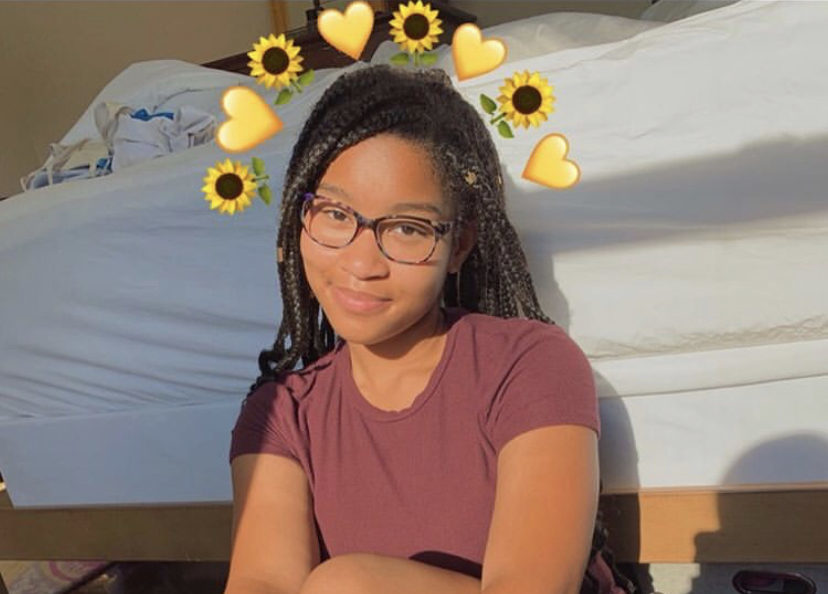Students zoom through first few weeks
Canva that shows photos of students in English teacher Tasha Hurst’s fourth block AP english class interacting virtually through Zoom on Sept. 10.
September 24, 2020
Video web conferencing apps like Zoom help students and teachers virtually learn from home while schools stay on lockdown due to the COVID-19 pandemic.
“For the first week of Zoom, I prepared by making sure all my class summer work was complete. I made sure I had all my Zoom links in an orderly fashion on a Google doc according to my schedule,” said junior Jessica Silva.
In a recent poll, on a scale from one to 10, 555 people voted how their first week back went. The average vote was four, a less than stellar response rate.
“I think they are doing the best they can! I know some days can be frustrating with things that are out of their control, but I appreciate how hard most of them are working and trying to normalize the situation,” said AP English teacher Tasha Hurst.
Zoom or Google Meet allows students to connect with teachers and peers, but most are still adjusting to the new platform.
“The only problem I have is I’d like to use my mic to talk to my peers but there is no way, that I’m aware of at least, to check your mic quality and what your mic is picking up on Zoom, so sometimes I’m hesitant to speak,” said junior Saif Rahman.
Classes require students to adjust to connection errors, the inability to hear other students speak on camera, and the social disconnect from group work in breakout rooms.
“Many awkward moments have occurred during breakout rooms. Some students just do not talk,” said Jessica.
Some teachers assume there is a lack of participation if students don’t use their mic, when in fact, some students participate through Zoom’s chat section.
“It was pretty funny [when] my teacher was roasting the class for being subpar and not participating at all, but then they realized they messed up and didn’t check the chat to see all the students participating,” said Saif.
Despite the interferences, some teachers continue to keep an uplifting spirit in their virtual classes to simulate a normal, social environment.
“Best part of virtual learning is that I have great students who are willing to participate despite the technical issues. Most everyone keeps their cameras on and works well together,” said Hurst. “The worst part for me is not being able to see everyone face-to-face. Many of my activities and class material is not as effective virtually. I think some of the internet and audio issues make this hard for some students.”
Some students and teachers would like to return to school as long as safety is the first priority due to the need to interact with others and access the supplies needed for their class.
“I plan on going back when it’s safe because some of the classes I feel like I would learn more efficiently in person. There are also instances where I would need certain equipment and materials that are necessary for the class,” said Victoria.


